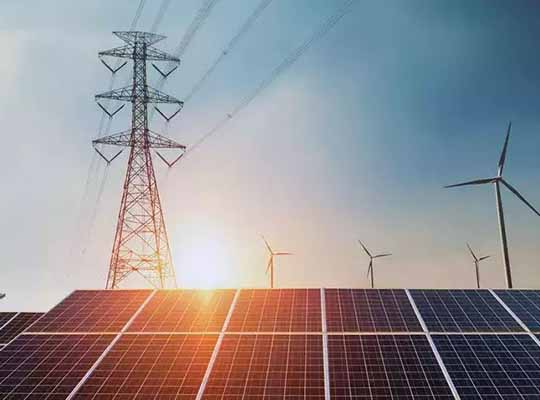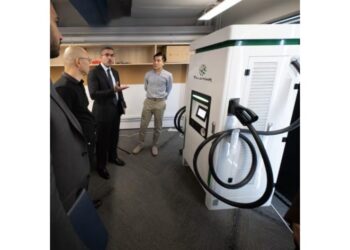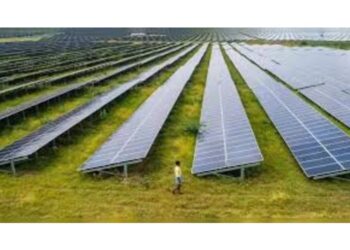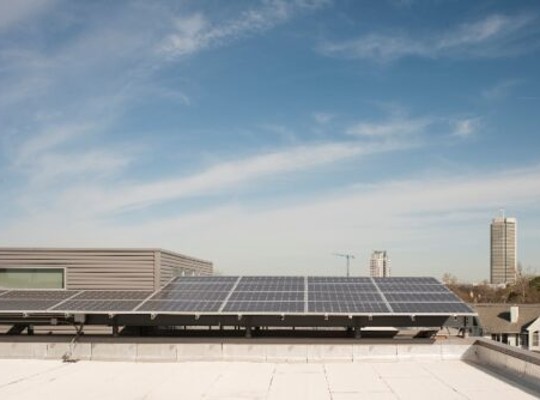The Union Minister for Power and New and Renewable Energy has established the framework for implementing the viability gap funding programme, aimed at developing battery energy storage systems (BESS) with a capacity of 4,000 MWh. The minister emphasised the decline in the cost of BESS in recent years. He also expressed the government’s commitment to promoting the establishment of BESS capacity to meet the rapidly increasing demands for power and facilitate the transition to clean energy. The minister pointed out a potential scenario in the future where excess solar energy is generated during the day and surplus wind energy in the evening, emphasising the need for an efficient storage system to harness and utilise this energy. Acknowledging the government’s role in creating supportive frameworks for investments, the minister expressed the desire for the system to be implemented effectively, ensuring energy availability during peak times of the day and year.
The BESS units are expected to play a crucial role in meeting peak electricity demand while also ensuring grid stability. Electricity generated by these systems will be distributed across various market segments through power exchanges. Notably, the charging of BESS will be done during periods of ample renewable energy generation from sources such as solar and wind.
Recently, in February 2024, the Solar Energy Corporation of India successfully implemented a 40 MW/120 MWh BESS project linked to a 100 MW solar power project in Rajnandgaon, Chhattisgarh.













